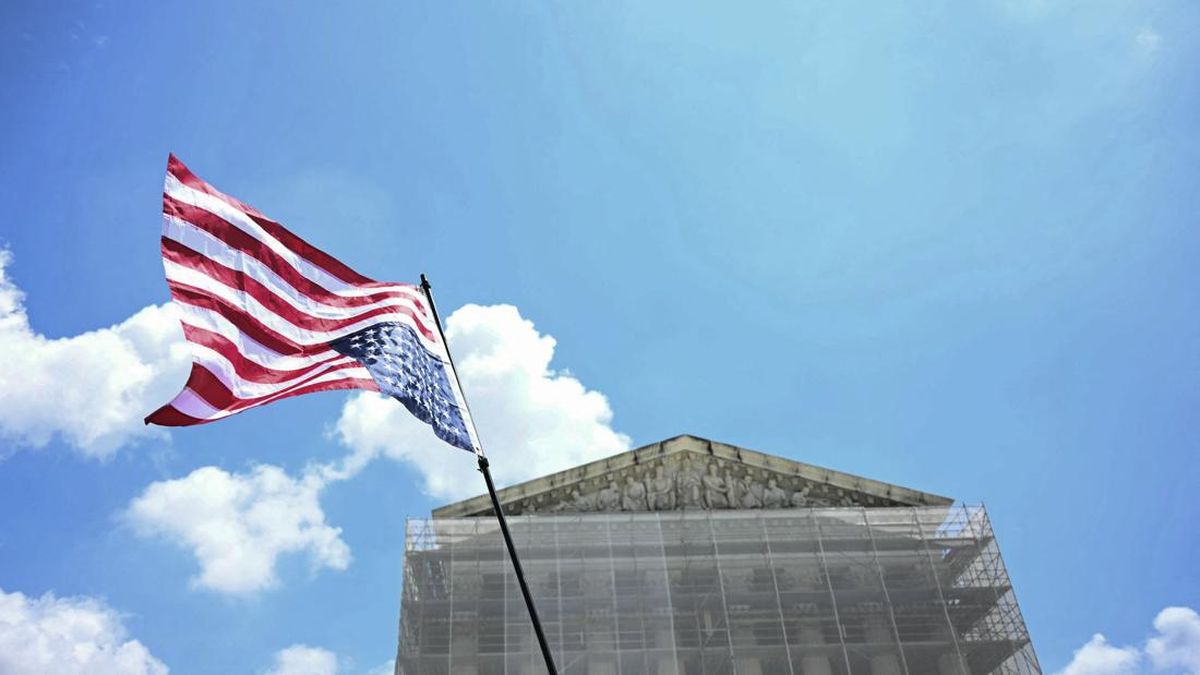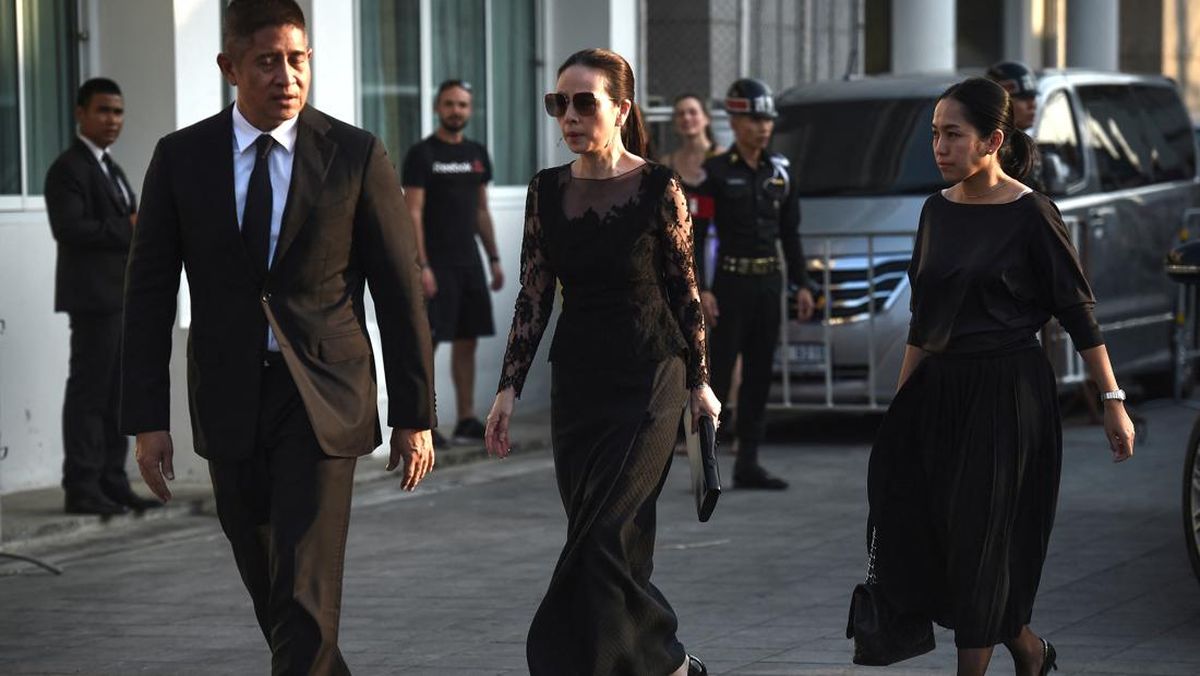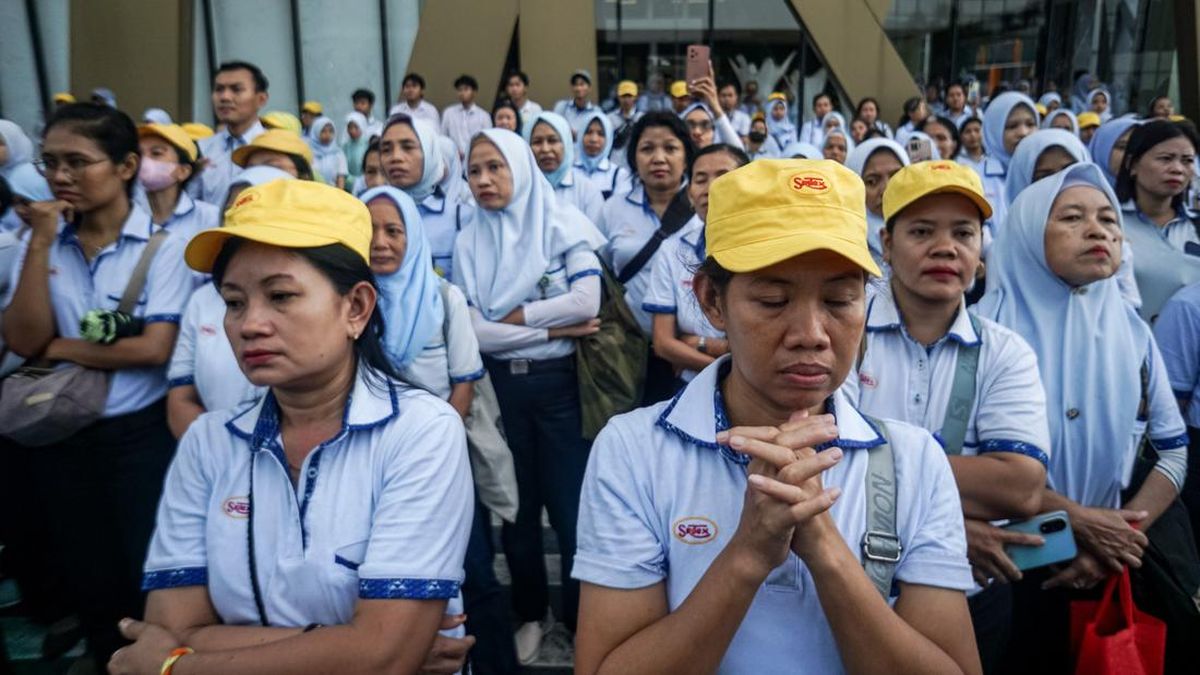I have a fortnightly tradition.
I get in the car, usually on a Thursday, drive across the Story Bridge and then onto the M3, south out of the city. It’s after peak hour and it’s dark, and the traffic is thinning.

Indooroopilly Shopping Centre in Brisbane’s south-west.
It’s not a long journey, just to Exit 14, onto Logan Road. Then into the imposing multi-level carpark at the southeastern end of Garden City (yeah, technically it’s Westfield Mount Gravatt these days, but to me – and heaps of you, I’m sure – it’s forever Garden City).
There’s a destination – 1919 Lanzhou Noodle for some hand-pulled noodles in brisket soup – but in some ways, it’s incidental. A 1919 Lanzhou opened not too long ago in the CBD a block from my office, after all.
Really, I’m here to be around people. Thursday night is a good time because the shopping centre is full of all sorts: late-night shoppers, gangs of teens going to the movies, couples on date nights, families doing a pre-weekend grocery run.
Loading
You sit and watch and listen, alone among everybody. It was a habit I developed when I was single – I needed to eat, I had the time and I needed company. Not the company of a person or a group of friends, in this instance, but the company of a community.
Some of my mates are baffled by this ritual. You choose to do this in a … shopping centre? But I come to praise shopping centres, not bury them. To a certain extent, at least.
We have a love-hate relationship with shopping centres in this city. As in, we love to hate on them, but then we go to them all the same.
And I get it. For a city of our metro population, we have some behemoths – Garden City, Chermside, Indooroopilly, Carindale, Westfield North Lakes all rank among the 20 largest in the country – and they all come with vexatious questions regarding consumerism and the squeeze they put on traditional, smaller shopping strips with their mum-and-dad stores.
For years, they’ve been part of our cultural cringe. Why couldn’t we have the neat outdoor shopping strips of Melbourne or Sydney, we asked ourselves? But Brisbane isn’t Sydney or Melbourne. Its sprawl starts closer to the city, and its summers are more oppressive.

Shopping centres, such as 313@somerset, are woven into the fabric of cities such as Singapore.
I’ve spent a decent portion of my journalism career covering travel, and over the years I developed a rule of thumb: the closer you get to the equator, the more shopping malls you’ll find.
In places such as Kuala Lumpur and Singapore, they’re woven into the fabric of the city. Go somewhere like Publika in Kuala Lumpur and you can hit The Bee or Simply Jazz by Tin Box – both great live music venues.
In Brisbane, people head to shopping centres not because we’re mindless consumer vessels but because, like those equatorial cities, they’ve become part of our culture.
Also, let’s be honest: they’re much better experiences than they used to be, and we’ve slowly come to embrace them – witness Indooroopilly’s branding leaning into its “Indro” nickname, which stands in contrast to, say, Chadstone in self-serious Melbourne. (A few years ago, when in a previous role I worked on some branded content for Chadstone, the client insisted every instance of its name in the story had to be “Chadstone: The Fashion Capital”, despite our protestations.)

Brisbane’s shopping centres, such as Indooroopilly, aren’t as daggy as they once were.Credit: Australian Financial Review
I’m currently picking through Alexandra Lange’s 2022 book, Meet Me by the Fountain: An Inside History of the Mall. It’s a fabulous, exhaustively researched journey through the rise of shopping malls, their modern fall from grace, and then partial reinvention.
As you might have guessed by the title, it focuses on the North American experience, but much of what Lange discovers translates to our own shopping centres.
This extract gets at some of the best bits.
“The mall … provides affordances most cities and suburbs cannot: even, open walkways, consistent weather, bathrooms and benches,” Lange writes.
“For the more vulnerable among us, malls’ privately owned and privately managed amenities offer an on- or off-ramp from the real world, sometimes literally.”

One of the redeveloped areas at Westfield Chermside, with a live performance.Credit: Jamila Toderas
It’s worth a read, particularly her references to tweets by city planner Amina Yasin, who pointed out the capacity of shopping centres to accommodate marginalised people and offer free or low-cost air-conditioning and bathrooms.
Canadian Gabrielle Peters, a former member of Vancouver’s Active Transportation and Policy Council, responded to Yasin by listing some of the ways shopping centres offered better access for people with physical disabilities: dedicated transit stops, wide automatic doors and level passages, public bathrooms and so forth.
Loading
Lange also cites ethnographer Elijah Anderson’s description of a de facto senior centre that formed in the food court at the Gallery at Market East, a now closed central Philadelphia mall that functioned as a hub for the city’s lower-middle- and working-class Black population, where locals would sit and simply “watch the action”.
You get the point: we’re programmed to sneer at the inherent consumerism of a shopping centre – and that’s entirely invalid – but these places also can’t help but perform a communal function too, particularly in Brisbane’s endless suburbs.
Don’t get me wrong. Queen Street Mall is terrific as far as CBD shopping promenades go. Also, I enjoy James Street, a shady and naturally cool shopping strip where pedestrians rule – a rarity in Brisbane that should become less so as our city planners and developers slowly fill in the inner suburbs.
But also, James Street is a bit of a monoculture (“Hastings Street without the beach,” one colleague put it. Which is a little unfair – the restaurants are better. But, point taken); shopping centres, by contrast, are democratic by nature, attracting all sorts of people from all walks of life.
Those Thursday night trips to Garden City? I’ll do the same on the weekend, but maybe this time head west to Indooroopilly.

Brisbane could do with more pedestrian friendly precincts such as James Street, but shopping centres will still have a place in the city.Credit: TEQ
Here, the food isn’t as good as Garden City, but it has other virtues: in particular, a real mix of demographics, with folks from wealthy Paddington, St Lucia, Graceville, Chelmer, Chapel Hill and Indooroopilly itself shopping alongside students from UQ and folks from more middle class, migrant suburbs such as Darra, Durack and Inala.
I’ll usually be stopping in after some other activity – a wander around Sherwood Arboretum or coffee with a pal who lives in Graceville – and I might be eating ramen or a burger from The Butcher’s Grill on the ground floor (one of the best priced in town, by the way) rather than hand-pulled noods.
But I’m there for the same reasons: to watch and listen to “the action”, to get a vicarious kick out of the excitement and energy that surrounds me, and to remind myself that I’m small – that my problems, ledgered against this community and this city around me, aren’t so big.
Start the day with a summary of the day’s most important and interesting stories, analysis and insights. Sign up for our Morning Edition newsletter.
Most Viewed in National
Loading


















































